Name Cao Fei | ||
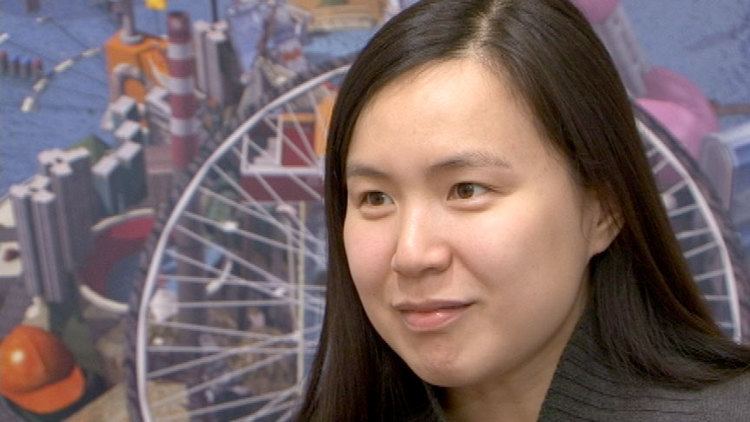 | ||
Cao fei building rmb city exclusive art21
Cao Fei (Chinese: 曹斐; born 1978) is a Chinese multimedia artist born in Guangzhou. Cao's work, which includes video, performance, and digital media, examines the daily life of Chinese citizens born after the Cultural Revolution. Some of her work is owned and displayed by The Solomon R. Guggenheim Museum.
Contents
- Cao fei building rmb city exclusive art21
- Theartview laura owens and cao fei at secession
- Early years
- Whose Utopia 2006
- Later work
- Solo exhibitions
- International biennials and triennials
- Group exhibitions
- Art market
- Honors
- References
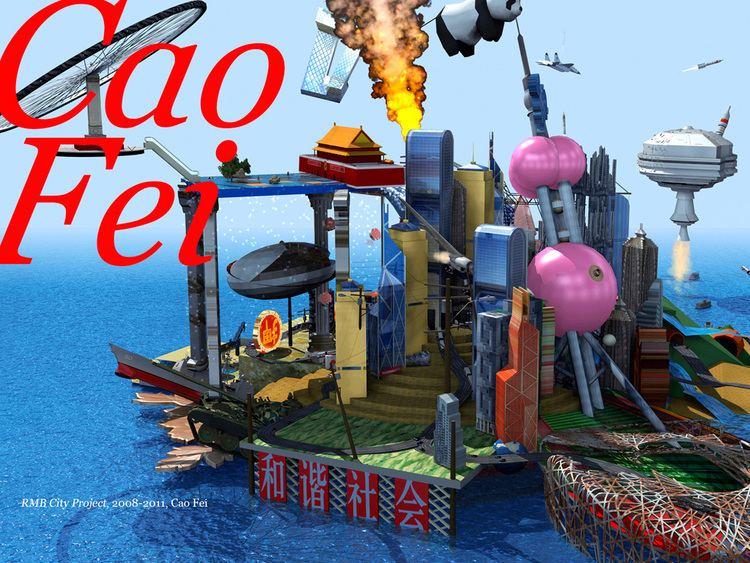
Her work explores China's widespread internet culture as well as the border between dream and reality. Cao has captured the rapid social and cultural transformation of contemporary China, highlighting the impact of foreign influences from America and Japan.
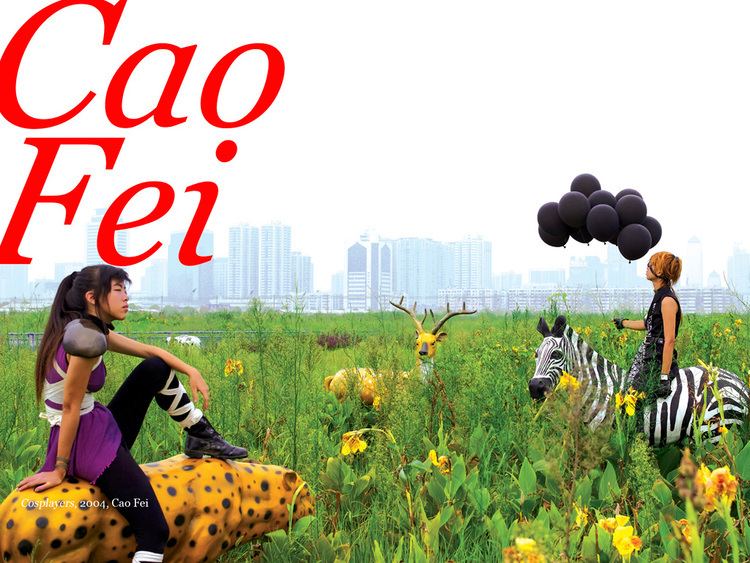
Theartview laura owens and cao fei at secession
Early years
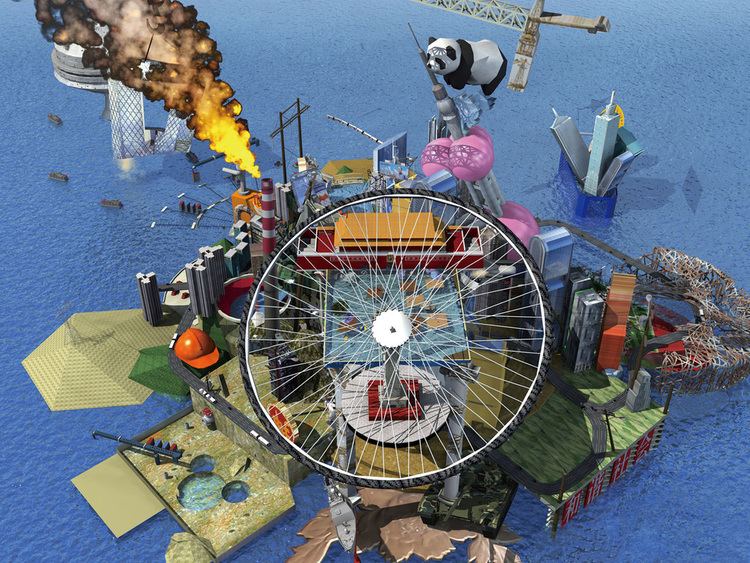
Cao received her B.F.A. from Guangzhou Academy of Fine Arts in 2001. During her time there, Cao presented her first performance work, The Little Spark (1998), set in the affiliated Middle School of Guangzhou Academy of Fine Arts. She then created her first film, Imbalance 257 (1999), which displayed the current generation’s penchant for rejecting deep-rooted Chinese traditions. One year later, Cao produced another video work, Chain Reaction (2000). She described the film as "a view of schizophrenia", analyzing "the power of evil in human nature."
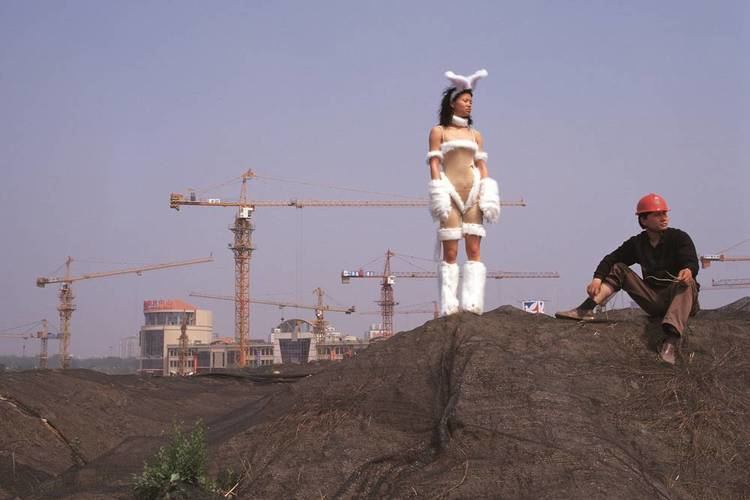
After graduating in 2001, Cao produced several notable works, including Burners (2003), a two-minute video focusing on the theme of human desire. The artist noted that the short film "demonstrates the presence of privacy in soft porn and parodies the notion of male narcissism." Cao focused on the modern paradox of China’s rapid economic growth and social marginalization, producing the 2003 experimental documentary San Yuan Li (三元里) with Ou Ning. Shot in a rural village nestled in the industrial skyline of Guangzhou, the film examines the effects of development on traditional agrarian lifestyles. The work was commissioned for and exhibited at the Venice Biennale in 2013.
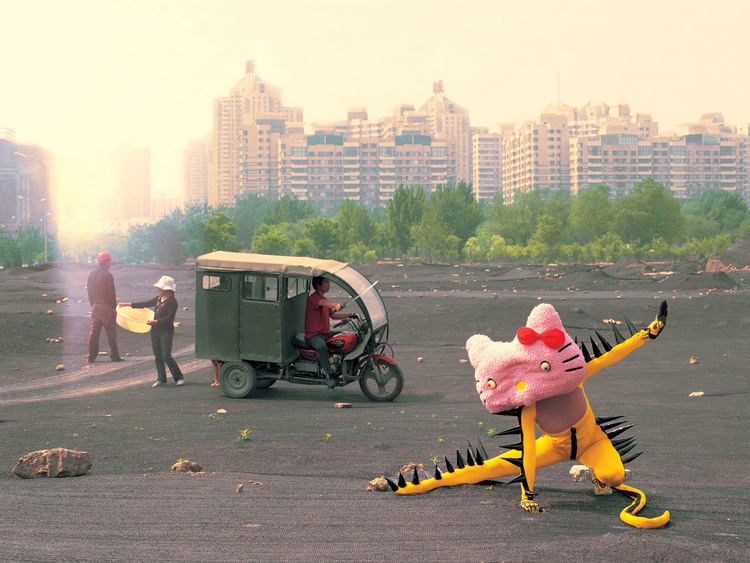
In the photo series and video work COSPlayers (2004), Cao depicts Chinese teenagers cosplaying as anime characters in the industrial landscape of Guangzhou. The Internet’s power to create subcultures across China influenced the artist greatly. In 2006, Cao produced her Hip Hop series (2006), an exposé of the underground influence of American hip hop in China.
Whose Utopia (2006)
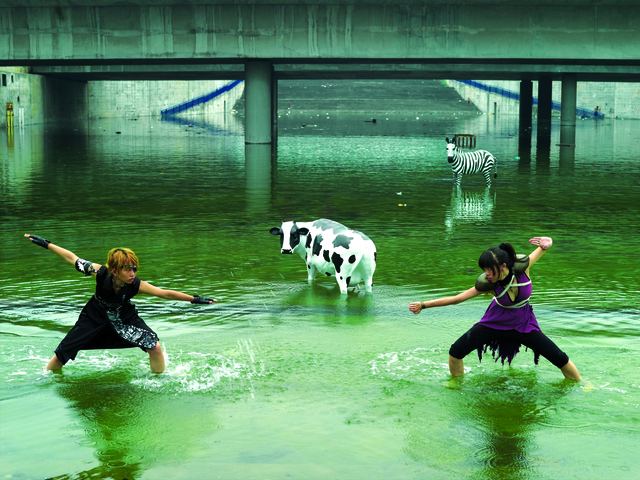
The 2006 film Whose Utopia is one of Cao's most pivotal works. It explores the contrast between the everyday experiences and the aspirations of assembly line workers at a light bulb factory in the Pearl River Delta region of China. The film opens with shifting views of an automated production line factory workers performing menial tasks. The artist interviews various workers, asking them their reasons for working at the plant.
These conversations then introduce a series of performances. Each performance is a chance for the individual to showcase their dreams, fantasies and talents apart from their everyday life. Cao Fei explains, the film is "not about exposé and not about political correctness." Rather, she aims to look at the lives of workers from multiple perspectives. For the worker, the performance is an opportunity to escape and reinvent oneself against the conformist backdrop of the factory. Cao likens the practice to creating an avatar.
By using montage, music and imagery, she presents a thorough understanding of contemporary Chinese society. In recent years, Chinese migrant workers have flocked to factories to take part in the hastily growing economy. Whose Utopia suggests a perpetual disparity between the confinement of an industrial lifestyle and the individual utopia. This work is currently owned by The Solomon R. Guggenheim Museum.
Later work
Cao's art has extended to the virtual world in her three-part video i.Mirror (2007), where she documented the life of her avatar, China Tracy, and her romantic engagement with another avatar, Hug Yue in the virtual world Second Life. The videos feature China Tracy and Hug Yue in both realistic and fantastic locations, conversational excerpts, and the revelation of "First Life" identities.
In 2007, Cao planned and developed RMB City, a virtual city in Second Life. Launched in 2008, and open to the public since January 2009, RMB City is a platform for experimental creative activities, one in which Cao and her collaborators use different mediums to test the boundaries between virtual and physical existence. RMB: A Second Life Planning By China Tracy was acquired by The Solomon R. Guggenheim Museum for its contemporary art collection in 2008.
From 2009 to 2015, Cao produced the works RMB City Opera (2009), East Wind (2011), Haze and Fog (2013), and Rumba II: Nomad (2015). In 2014, Cao presented a show and film entitled La Town at Lombard Fried Gallery. The show included the film and photographs from the set of the filming of La Town: The New Desert. The film depicts a world disrupted by industrialization. It begins in an elaborate, handmade, miniature city with a post-apocalyptic scene of a destroyed McDonald's restaurant on top of a small apartment building while figurines mill about in the rubble of wrecked cars and buildings.
Solo exhibitions
International biennials and triennials
Group exhibitions
Art market
Cao Fei's works are frequently sold in Chinese and international art markets. Sold works include RMB: A Second Life City Planning No.1 (2007) sold for $16,128 at Sotheby’s Hong Kong in October 2015 and Silent Curse (+3 other works), sold for $24,192, also at Sotheby's Hong Kong in October 2009. Others include Murderess (+2 additional works from the Cosplayers series), sold for $17,741 in 2009 and Mirage, sold for $21,890 in 2007.
Honors
Cao Fei was nominated for the Future Generation Art Prize and was a finalist for the Hugo Boss Prize, both in 2010. She received the Best Young Artist Award at the 2006 Chinese Contemporary Art Awards (CCAAs).
